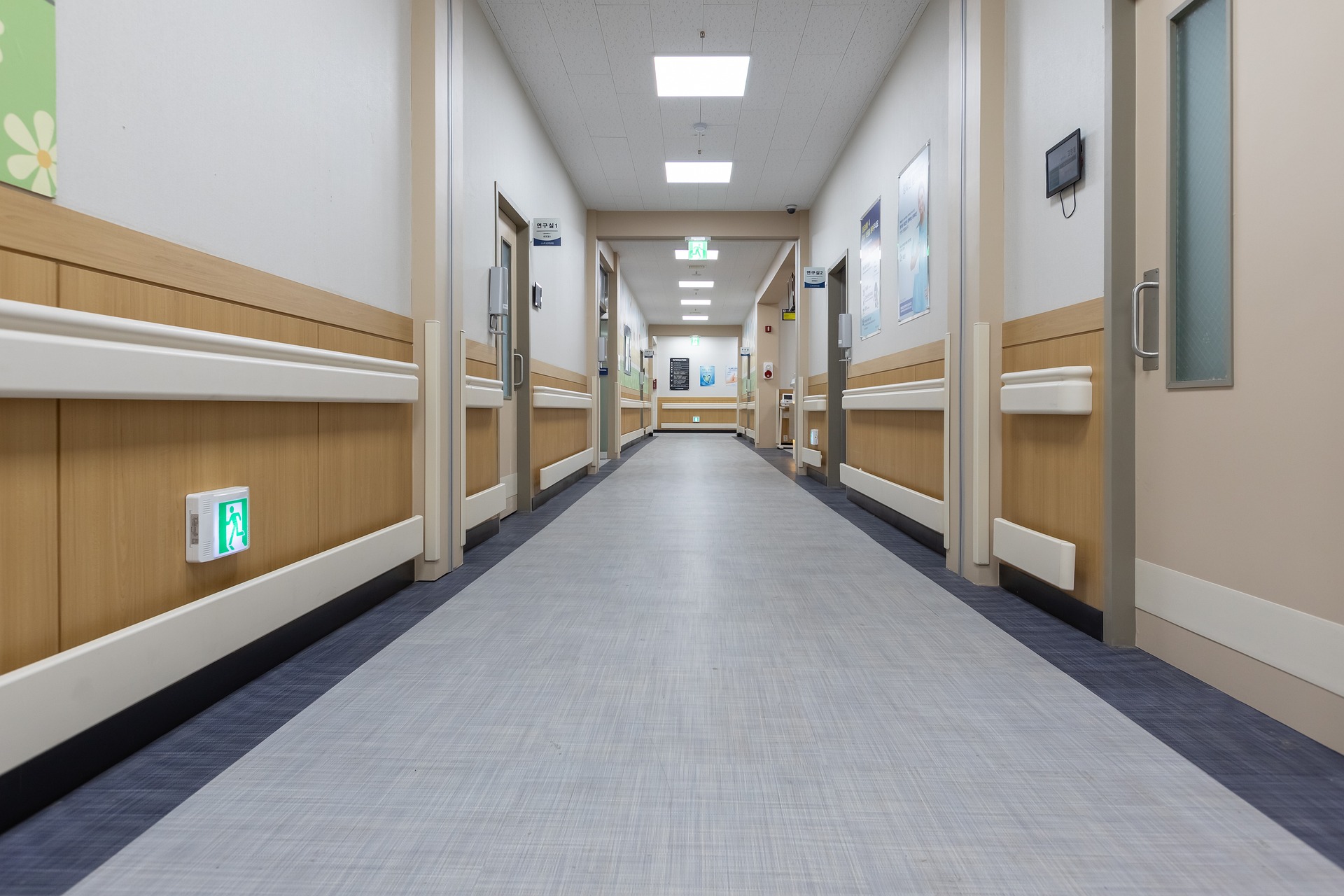In the ever-evolving landscape of healthcare, the construction of state-of-the-art facilities is a visible testament to the sector's commitment to advancing patient care. However, this progress does not come without its challenges. The industry is grappling with a complex web of factors that escalate construction costs, test its resilience, and underscore the importance of reliable, up-to-date construction cost data.
According to Gordian’s RSMeans Data Online Building Models, the national average cost per square foot for commercial new construction of hospitals is nearly 20% higher today than in 2020. In addition to rising construction costs, other key challenges include integrating new technologies, sourcing skilled labor, managing material availability, and implementing infection control protocols. These factors can significantly impact project budgets and timelines.
More building construction cost reports from Gordian:
- Retail center construction costs for 2024
- K-12 school construction costs for 2024
- Healthcare construction costs for 2023
- Higher education construction costs for 2023
- Hospitality building construction costs for 2023
Current, localized construction cost data is crucial for creating accurate budgets, planning future expansions, ensuring timely project completion, and maintaining a competitive edge.
Gordian’s data features over 100 building models, including hospital buildings. These localized models allow architects, engineers, and other preconstruction professionals to quickly and accurately create conceptual estimates for future builds. This table shows a five-year view of costs per square foot for three-story hospital buildings.
Visit rsmeans.com/bdandc for more information about Gordian’s RSMeans Data.
Please note: Square foot models are used for planning and budgeting and are not meant for detailed estimates.
Related Stories
| Oct 30, 2014
CannonDesign releases guide for specifying flooring in healthcare settings
The new report, "Flooring Applications in Healthcare Settings," compares and contrasts different flooring types in the context of parameters such as health and safety impact, design and operational issues, environmental considerations, economics, and product options.
| Oct 30, 2014
Perkins Eastman and Lee, Burkhart, Liu to merge practices
The merger will significantly build upon the established practices—particularly healthcare—of both firms and diversify their combined expertise, particularly on the West Coast.
| Oct 21, 2014
Passive House concept gains momentum in apartment design
Passive House, an ultra-efficient building standard that originated in Germany, has been used for single-family homes since its inception in 1990. Only recently has the concept made its way into the U.S. commercial buildings market.
| Oct 21, 2014
Hartford Hospital plans $150 million expansion for Bone and Joint Institute
The bright-white structures will feature a curvilinear form, mimicking bones and ligament.
| Oct 16, 2014
Perkins+Will white paper examines alternatives to flame retardant building materials
The white paper includes a list of 193 flame retardants, including 29 discovered in building and household products, 50 found in the indoor environment, and 33 in human blood, milk, and tissues.
| Oct 15, 2014
Harvard launches ‘design-centric’ center for green buildings and cities
The impetus behind Harvard's Center for Green Buildings and Cities is what the design school’s dean, Mohsen Mostafavi, describes as a “rapidly urbanizing global economy,” in which cities are building new structures “on a massive scale.”
| Oct 13, 2014
Debunking the 5 myths of health data and sustainable design
The path to more extensive use of health data in green building is blocked by certain myths that have to be debunked before such data can be successfully incorporated into the project delivery process.
| Oct 12, 2014
AIA 2030 commitment: Five years on, are we any closer to net-zero?
This year marks the fifth anniversary of the American Institute of Architects’ effort to have architecture firms voluntarily pledge net-zero energy design for all their buildings by 2030.
| Oct 8, 2014
Massive ‘healthcare village’ in Nevada touted as world’s largest healthcare project
The $1.2 billion Union Village project is expected to create 12,000 permanent jobs when completed by 2024.
| Oct 3, 2014
Designing for women's health: Helping patients survive and thrive
In their quest for total wellness, women today are more savvy healthcare consumers than ever before. They expect personalized, top-notch clinical care with seamless coordination at a reasonable cost, and in a convenient location. Is that too much to ask?

















